The latest envelope-pushing projects from California’s prestigious car design course
We recently made our semi-annual pilgrimage to ArtCenter’s Spring 2019 Graduate Show for the student work on display there. As in previous shows of late, interiors were a focus. There were also two city cars; one curvy and fun, the other upright and architectural – an interesting contrast. There were also two contrasting approaches to the pickup truck: utility box and lifestyle pavilion.
A number of projects explored the potential of the monospace box, a typology previously seen as on the decline. Could these projects signal a revival of the form? Three projects envisioned the car as part of a larger transportation system, two of which docked into a larger multi-city transport. There was even a Mars Rover, and a yacht for the youngest billionaire ever. Plus, of course, the requisite selection of supercars.
(Click on the image galleries to see the individual projects.)
Garfield Choi – Bugatti Speedster
Choi’s Bugatti proposal imagines a single-seat open-wheel speedster. Reminiscent of open-wheeled Bugattis of old, the car also seems to be a cross between the Chiron and a Formula 1 car. Powered by a conventional combustion engine at the rear, it is supplemented by electric power up front. An interesting track-only hypercar for the collector who can afford an ultra-exclusive racer.
Maxwell Engelmann – Yacht for Kylie Jenner
Engelmann has a passion for yachts and his thesis project is a proposed yacht for Kylie Jenner, one of the youngest billionaires ever. At 83 metres, the yacht, five decks, and a waterslide, the ship is basically a floating palace and waterpark complete with its own fleet of watercraft. Designed to become a private world for Jenner and her future family, it certainly resembles a travelling private island.
Antonio Hernandez – 2030 Ford F-150
Hernandez’s project is a proposed fourteenth generation F-150 pickup from Ford. Powered by powerful electric motors, the pickup remains basically the same shape, but with clever storage in the “frunk” and along the sides. The rear box sides can double as sawhorses. A bed extension enables longer loads to be carried. Hernandez grew up in farm country and knows pickups well, and his future Ford reflects this knowledge. Its presentation seems even more impactful, coming, fortuitously, just after the announcement of a Ford/Rivian partnership.
Tianni Huo – Jeep Overlander, Honda Tatami and VW Seesaw
Huo explores the interiors of future monospace solutions with projects for Volkswagen, Honda, and Jeep. The Jeep solution, in a theoretical partnership with Airstream, is a camper with an extreme cab-forward solution for the front seats, with stowage and a pop-out bay which allows a bed extending transversely across the vehicle.
Huo’s Honda solution is called Tatami and is a proposal for an autonomous lounge vehicle.
His solution for a Volkswagen monospace is called Seesaw and is a family vehicle that allows adjustable seating for child and adult to foster interaction between family members while the vehicle does the driving.
Tito Gonzalez – Subaru LV-R
Gonzalez’s thesis project was based on the experience of long road trips. Confined with one or more friends in the small space of a car, one can get to know a lot about a person – for better or worse. Gonzalez designed his Subaru to maximise the bonding between occupants. The electric powertrain allows for more room for gear in the ‘frunk’. An integrated set of steps allows easy access to the roof rack. The cladding is made of recycled plastic, hence the splatter effect on it. The goal is that all of these design choices reflect Subaru as an adventurous and environmentally friendly marque.
Ted Kim – Nissan IMR
Ted Kim is working for Nissan and his project is the Intelligent Mobility Racer for Nissan. Kim imagines A.I. and advanced technologies augmenting the skills of the driver, and creating a new class of single seat GT racer.
August J.H. Kim – Kinfolk Volkswagen
Kim’s electric pickup truck proposal for Volkswagen embodies a lifestyle that is described in the pages of Kinfolk magazine – young adventurous and community-oriented. Unlike a traditional pickup layout, the cab and bed are united into a single riding/living space, which Kim terms “the vehicle as pavilion”. Detailing is elegant and minimalistic, in keeping with the Kinfolk aesthetic. The seating can be reconfigured for driving/cruising or as a stationary lounge.
Moonik Kim – Lucid Liaison 2040/Hyperloop
Kim’s project proposes a Lucid/Hyperloop connected vehicle that provides luxury transport locally, and the ability to dock into a Hyperloop train for high-speed long-distance travel. The vehicle, which might be owned or as part of a luxury transport shared service, can reconfigure to become part of the larger luxury lounge in Hyperloop’s first-class car.
An interesting extension of the hyperloop concept, it also presents an interesting collaboration between Lucid and Tesla.
Jihoon Lim – Ferrari L’unico Coupé
Jihoon Lim’s specialty is computer modelling and rendering, and his these a Ferrari coupé is a mini-portfolio of his capabilities. His design for his L’unico coupé brings the supercar power and image of Ferrari to a 2+2 GT configuration. The interior is as much about luxury as it is about performance and is aimed at an older demographic for whom a supercar might be finally attainable, but of the wrong geometry. A massive glazed roof gives driver and passengers a panoramic view of the passing scenery.
Yufeng Liu – Honda Go
Liu’s addresses the first/last mile problem with the Honda Go, a tiny sub two-metre city car that is meant as an extension of the Tokyo metro. Planned for the megacity of 2035, the car is designed as a more upright architectural expression of urban travel. The car is meant for ridesharing services, connected to the mass transit system, and will feature Level Four autonomy. Standing seats are employed for faster ingress/egress and to allow for additional storage even in the compact size and length.
Timothy McNulty – Genesis Zero
McNulty’s project is the Genesis zero, an electric 2+2 for track days and canyon carving. This vehicle was designed for the driver who uses driving as their form of meditation. It’s meant to be a luxurious and private space for enthusiastic driving on track or on twisting mountain roads. It should be just as comfortable sitting beside racecars from the ‘60s and ‘70s at Pebble Beach, as it is competing at the track with Aston Martin Vulcans or 911 GT3s.
Hunter Pei – WM City Car
It’s not easy to design a cab-forward microcar, but Hunter Pei’s proposed city car for WM-Motors manages to achieve a fresh new look for a class of car with limited opportunities for sculptural expression. Designed for car sharing devices in a city environment, one could also see these cars attain the cult status of the Isetta and become highly desirable vehicles to be owned and customised.
Omar Rehman – Mars Recovery Vehicle
Rehman’s proposed Mars Recovery Vehicle is seen as an essential vehicle to prepare for humanity’s colonisation of the Red Planet. Rehman describes the Recovery’s mission thus: “After successful Mars Sample Return and Cargo Missions, in 2036 it will be time for Recovery to launch from Earth (between three sequential launches), land on Mars 450 days later and conjoin in Gale Crater with minimal impact, reusing now-dead vehicles (rovers, sky cranes, etc.) and sustainable Martian resources to create an infrastructure and the first colony to ensure that life goes on.”
Ronald Roderick – Jeep Van/Camper
It is not easy to conceive of a mash-up of two FCA vehicles – a rugged Jeep, and the suburban soccer-Mom special, the Chrysler minivan – but Roderick’s rugged Jeep monospace provides an interesting “what if…” example for us to contemplate. With electric power, a front hatch, side doors and multiple seating configurations, Roderick’s Jeep can go from suburban cruiser to outback camper with little fuss. A pop-up top with solar panels on the roof, plus a slide-out kitchen, make for a clever cabin-on-wheels with Jeep ruggedness.
Wenjiang Song – Cadillac Supercar
Song’s Cadillac project proposes a halo supercar for the storied marque. It has the sharp-edged styling of Cadillac’s “Art and Science” taken to a menacing extreme. The edges and planes give the vehicle an architectural quality, while still being reminiscent of Cadillacs like the classic 1967 El Dorado. Electrically powered with massive battery packs and motors, the car seats up to three in a 1+2 configuration.
Zheng Tao – BYD Urban-X
Tao’s BYD Urban-X project imagines a car that can be driven or ridden in as an autonomous local transport, and also dock into a mag-lev system for high speed travel between cities. A large monospace capable of multiple seating configurations, the Urban-X can function as a commuter, a long-distance cruising lounge, or a combination of the two.









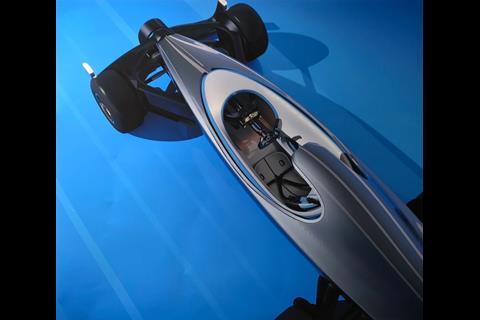

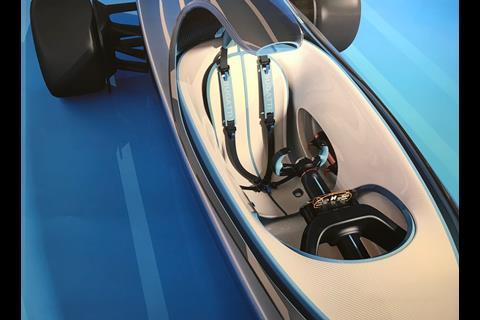
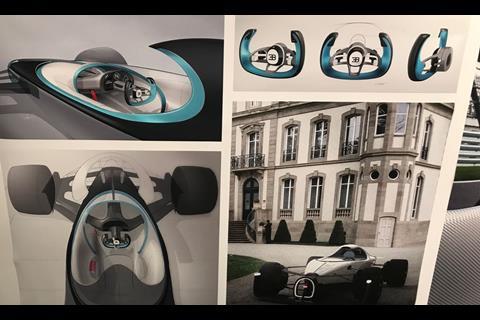
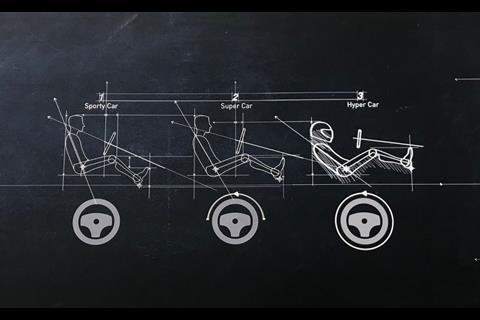
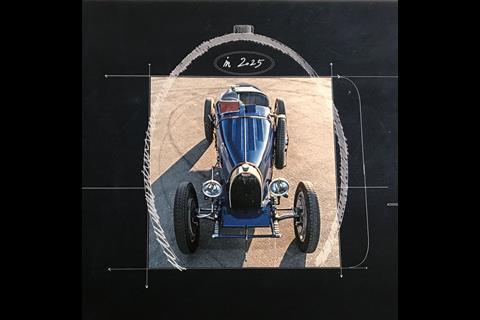
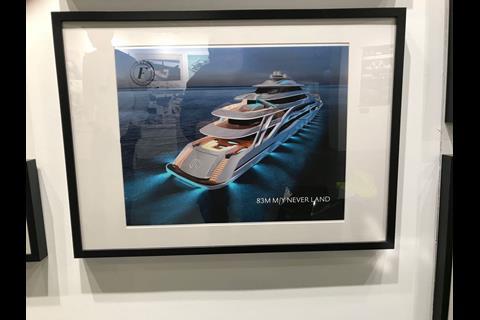
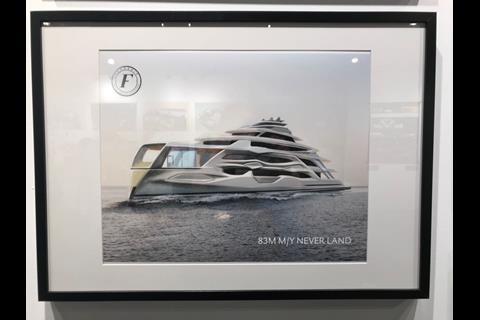
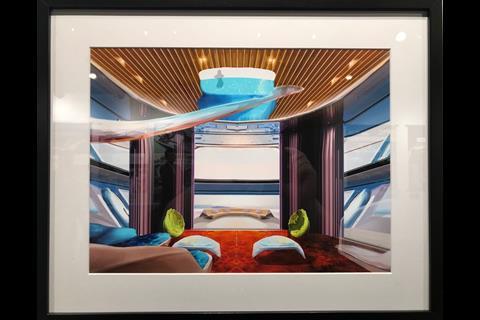

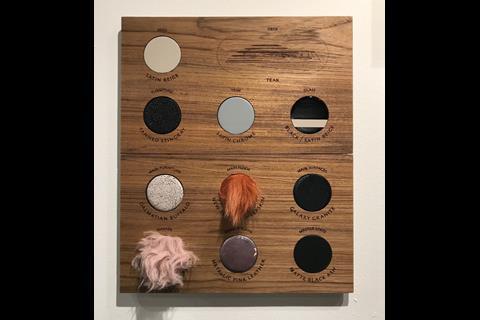
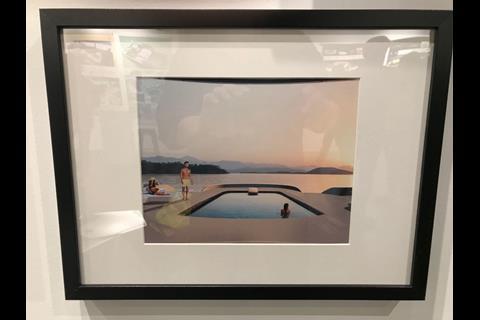
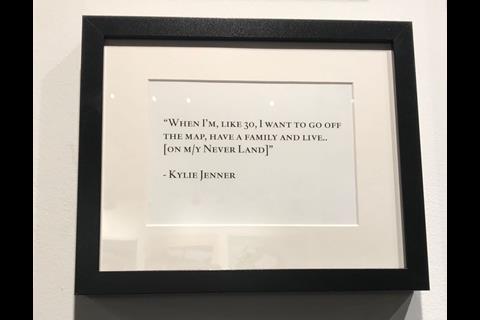
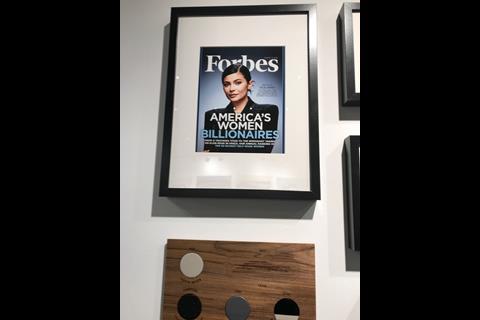
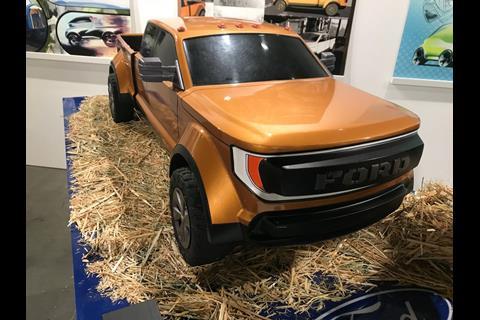
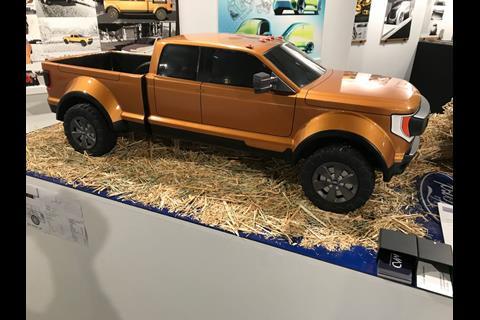
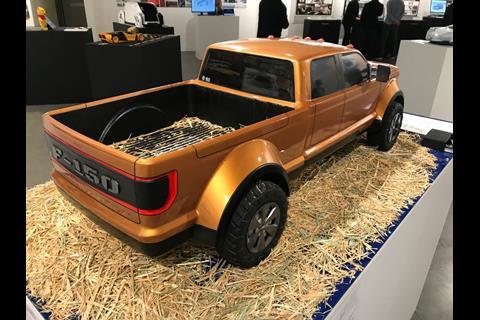
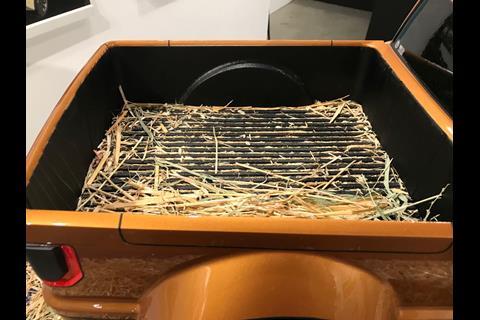
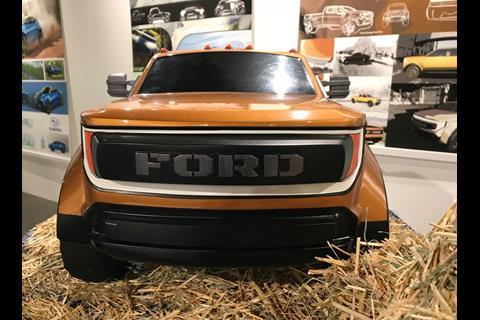
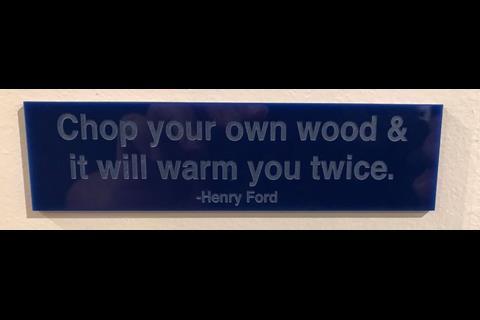

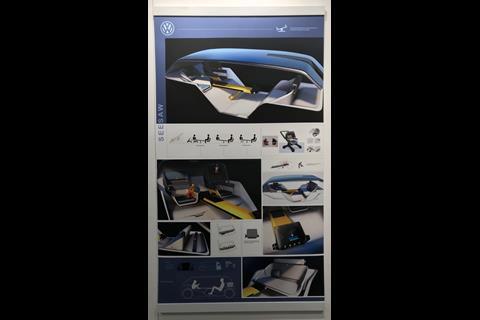

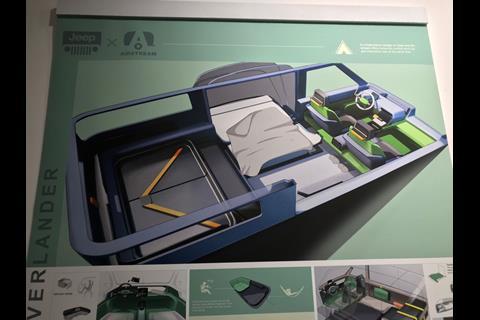
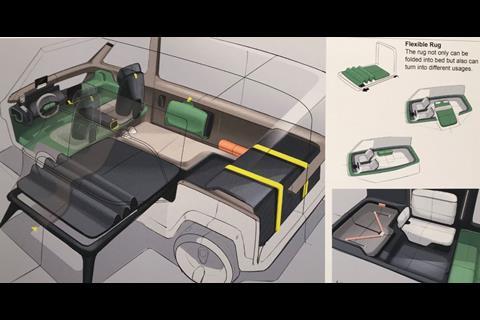
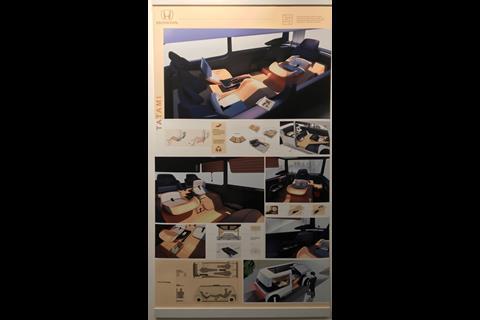
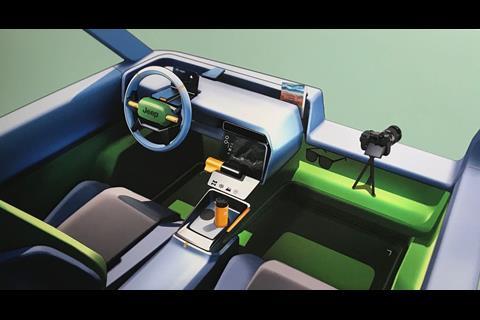
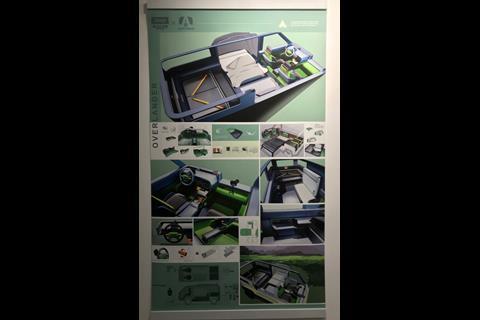


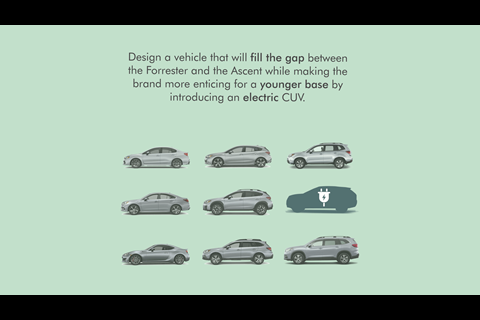
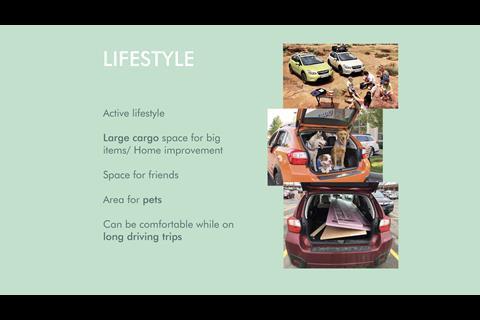
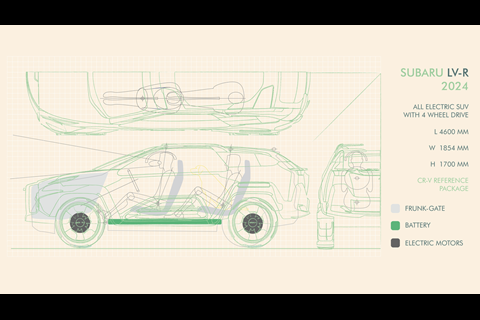

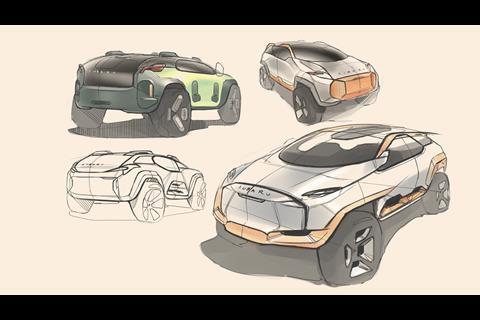


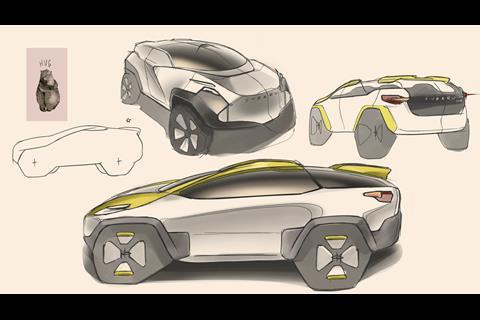
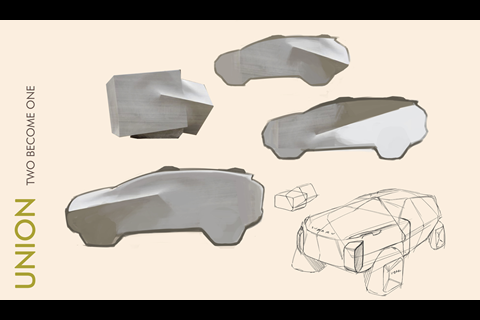

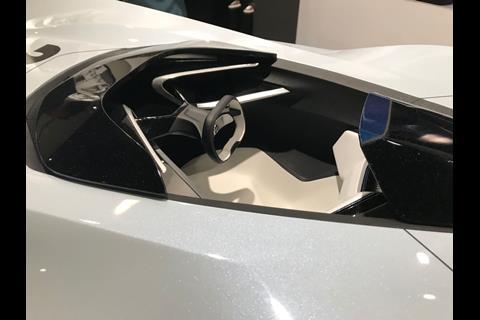
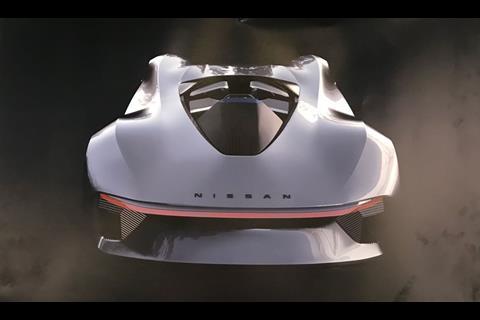

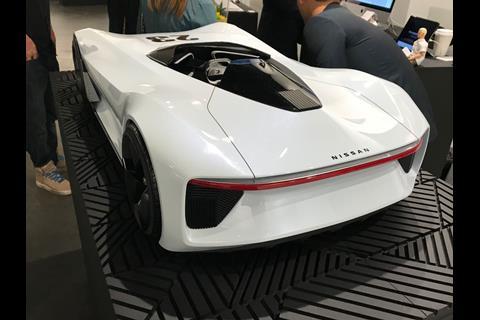
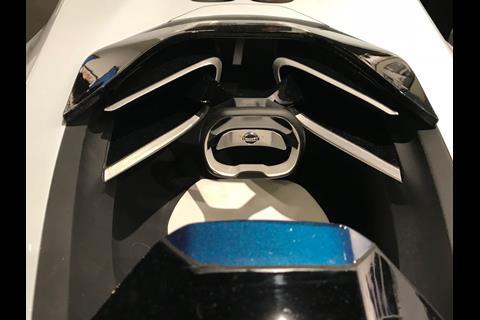
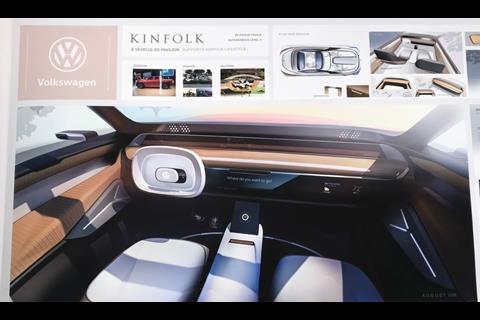
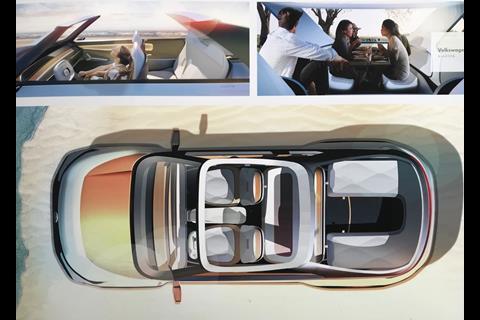
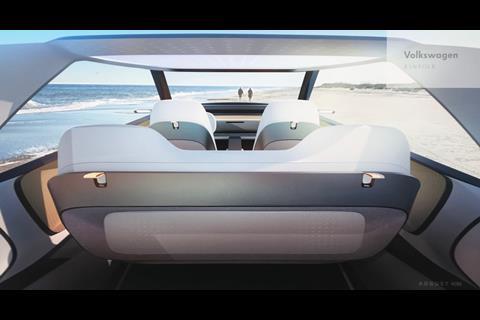
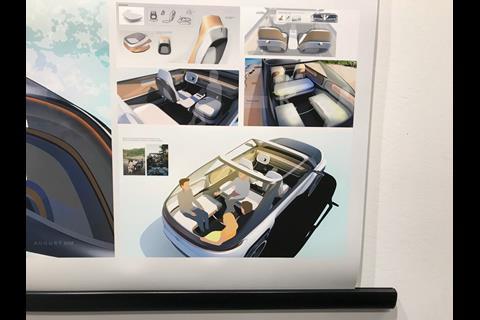
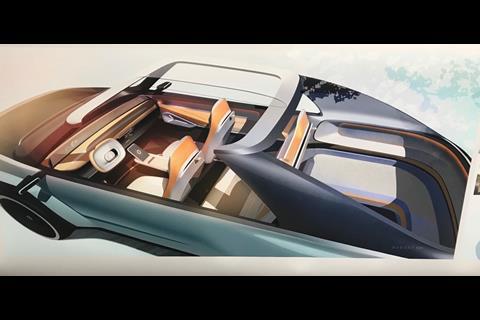
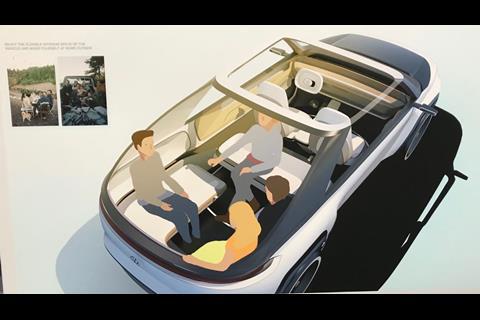

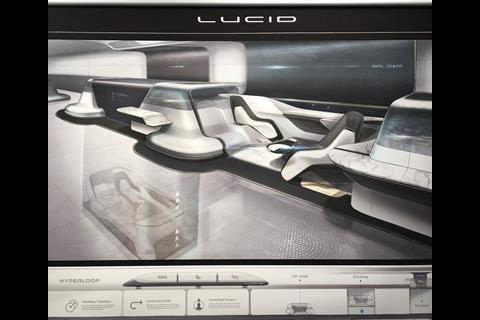
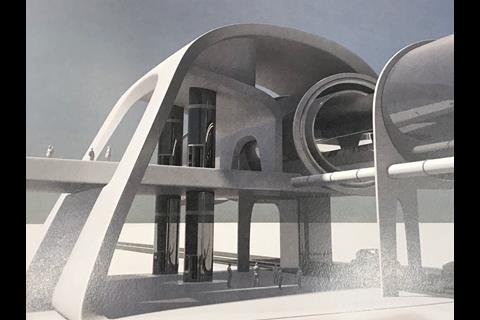

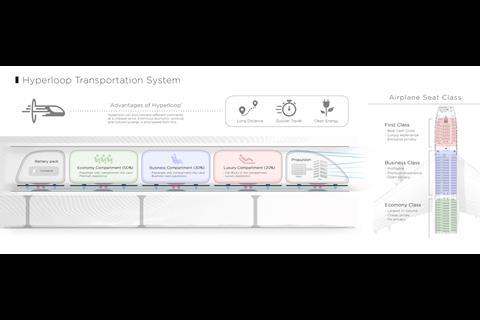
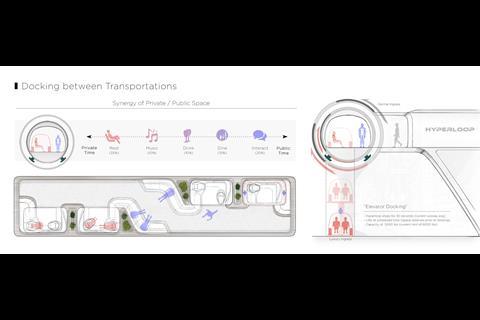

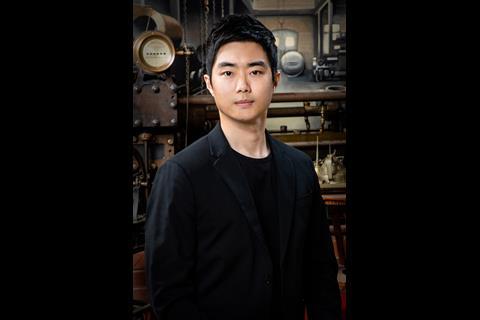


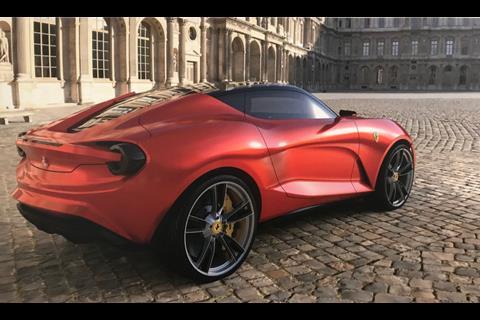
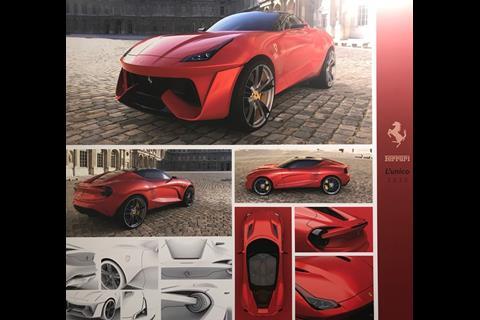

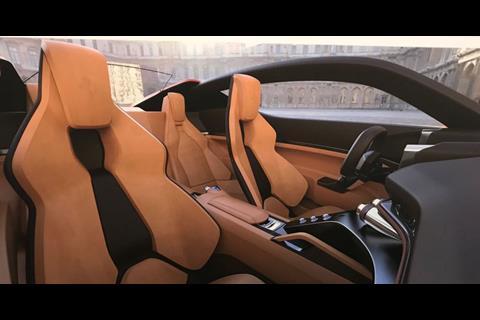
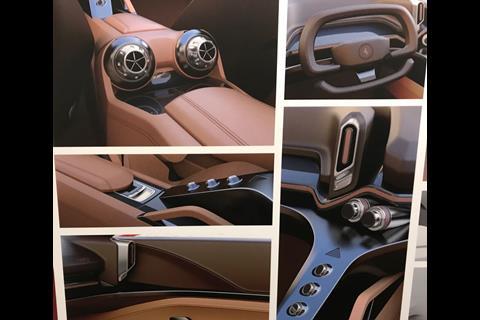

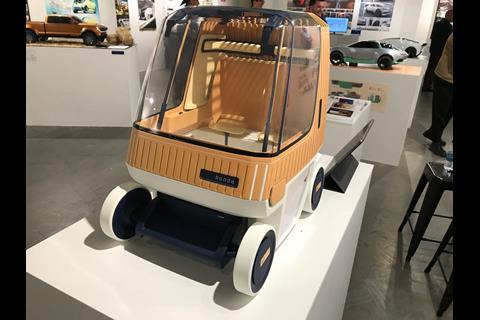
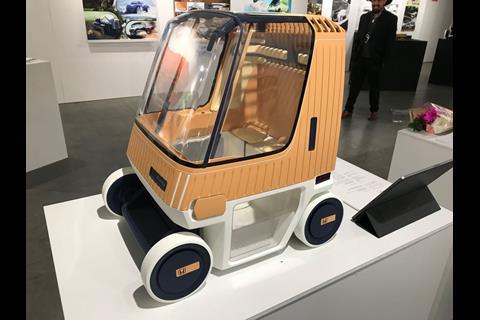
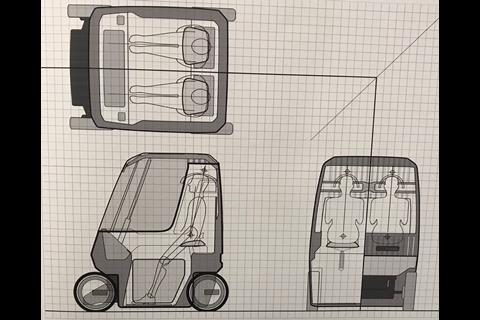
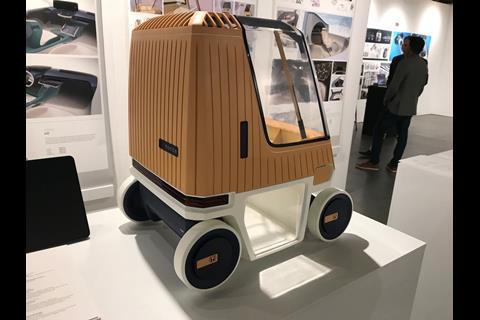
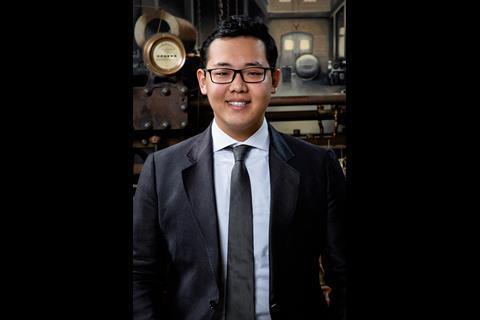

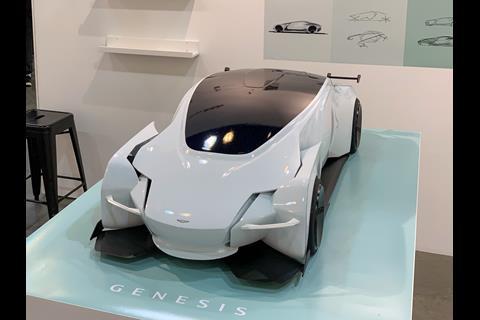
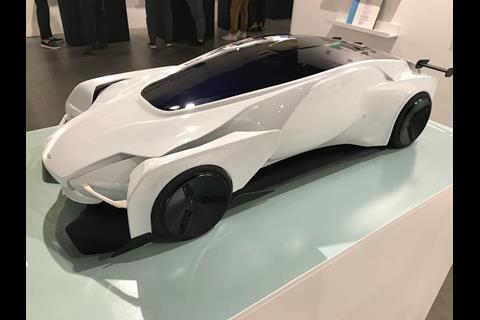
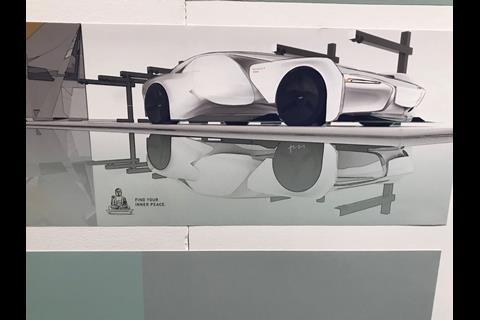
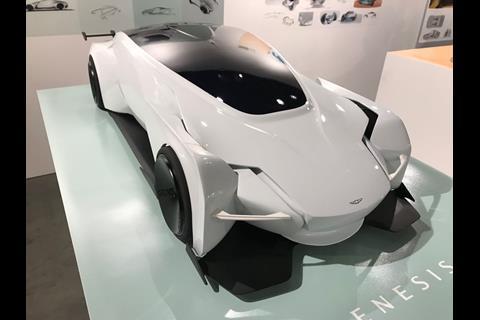
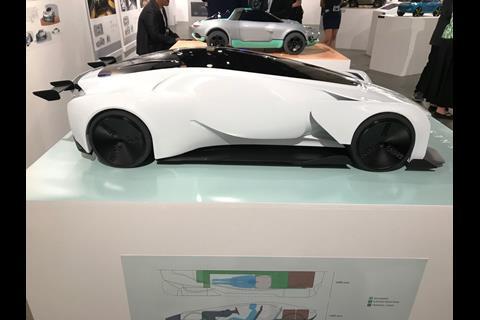

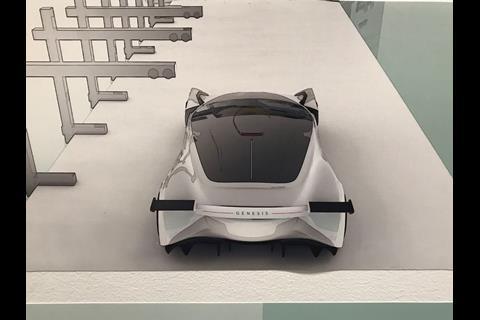
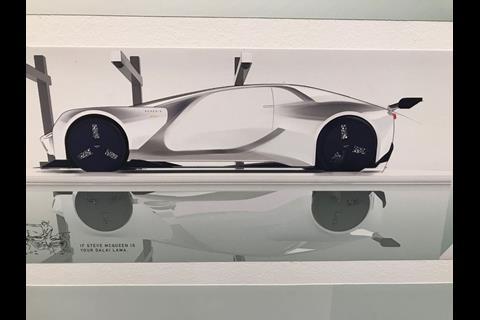
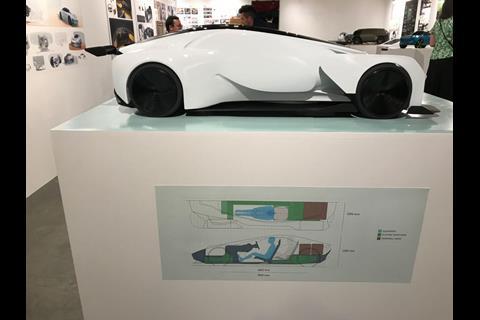

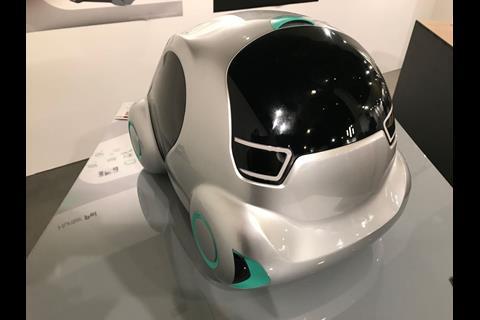
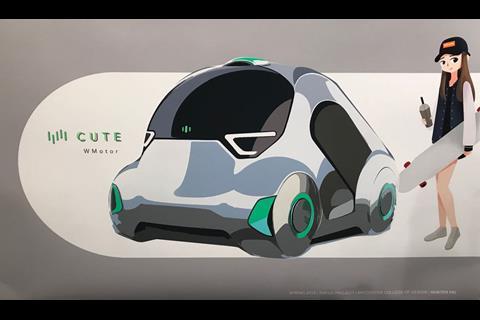

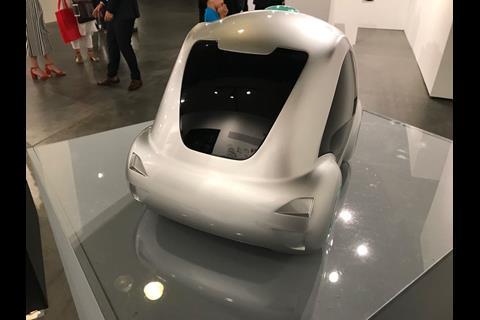
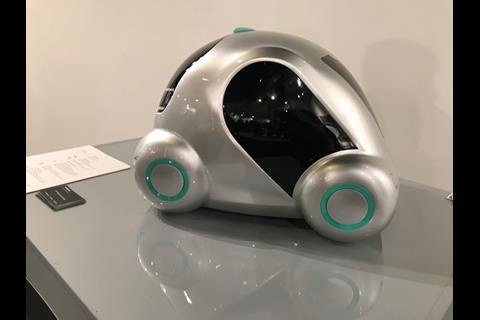
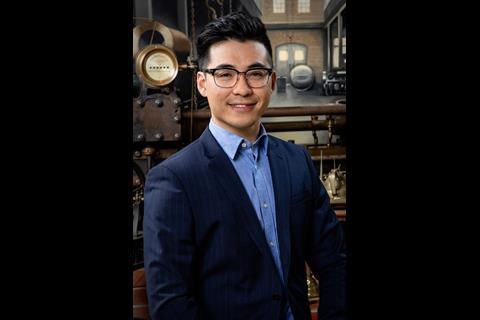
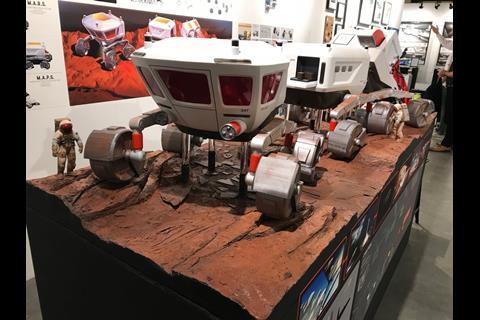
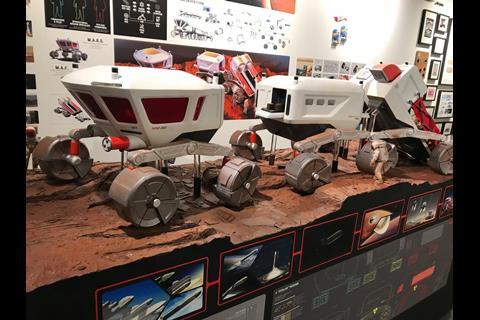

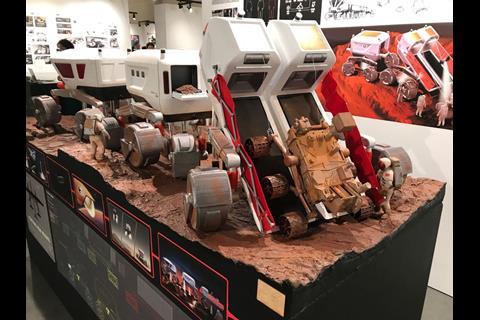
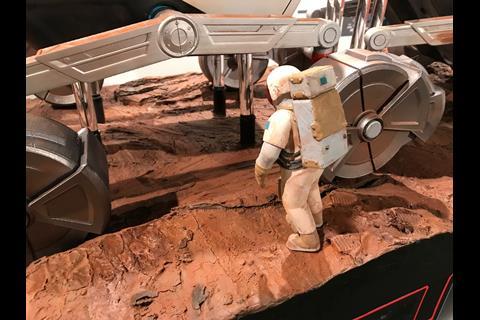
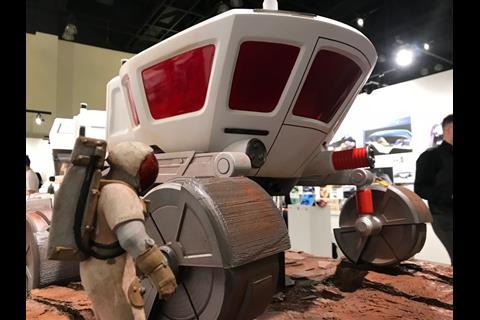
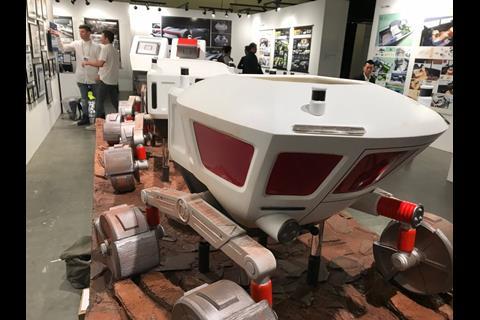
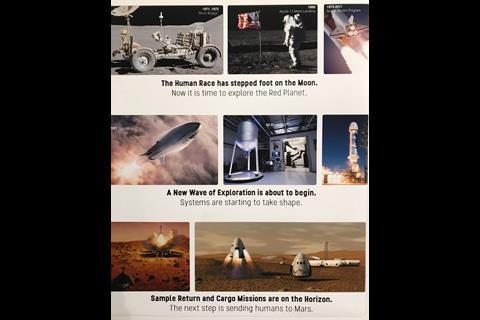
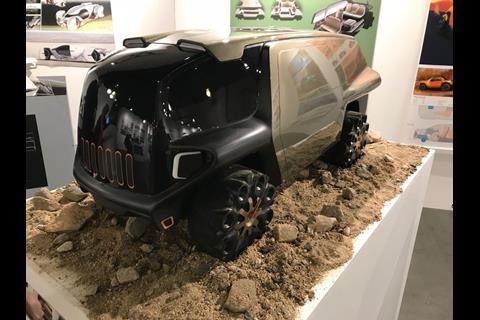
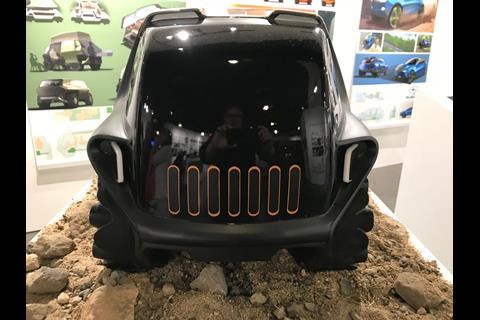
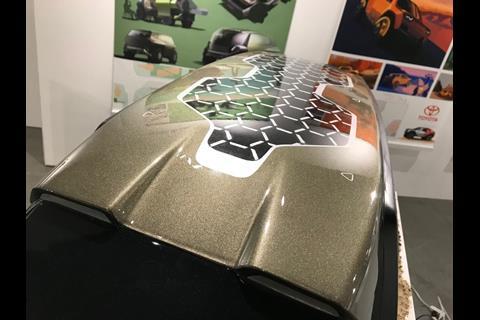

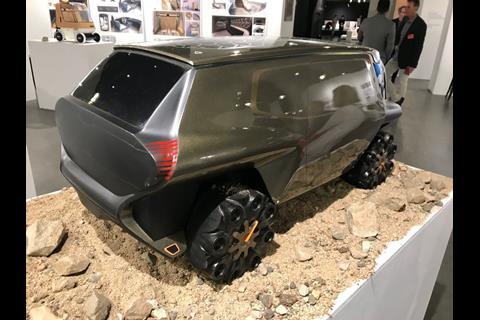
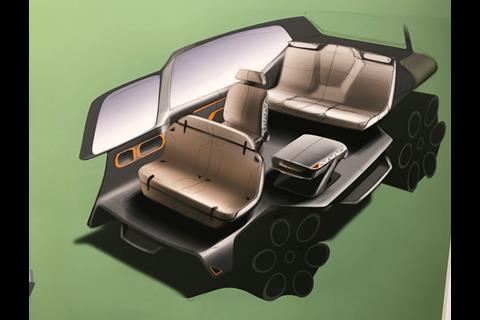
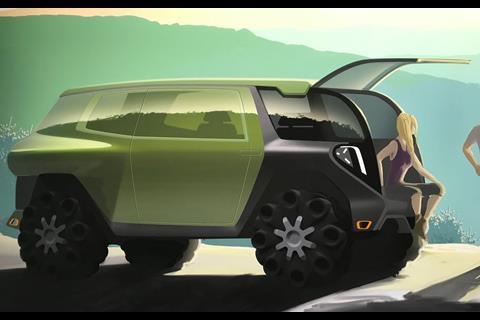
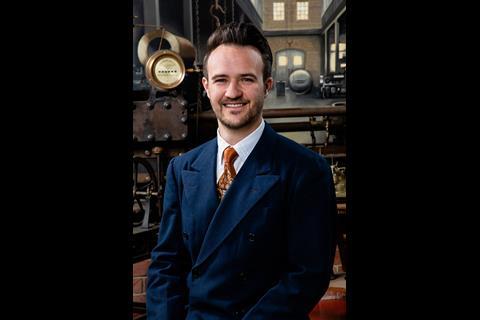
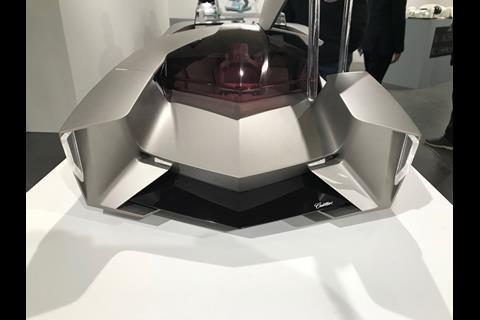
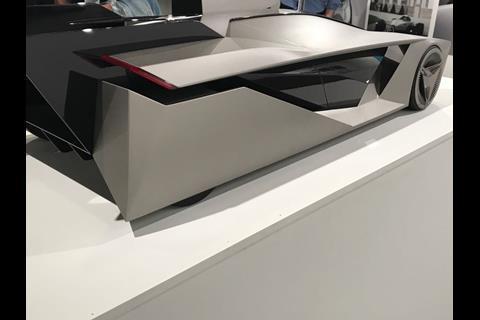

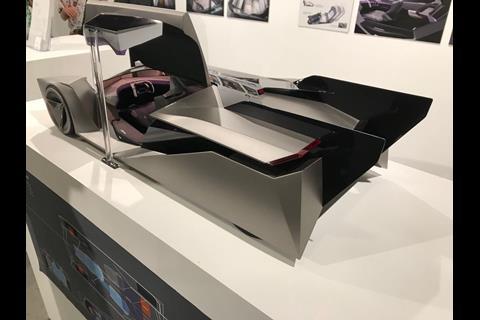

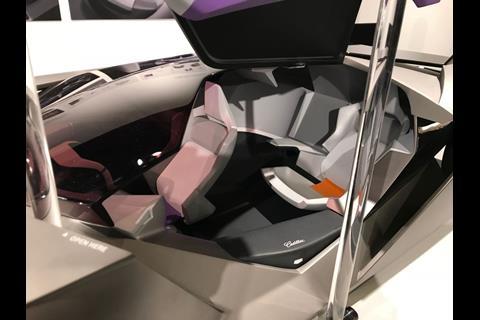
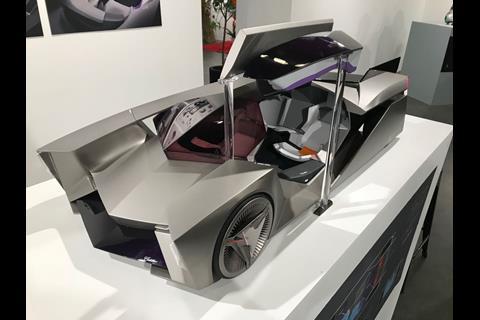
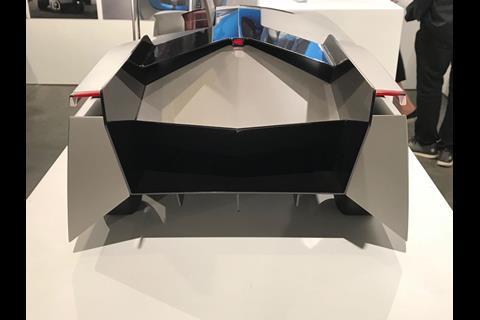
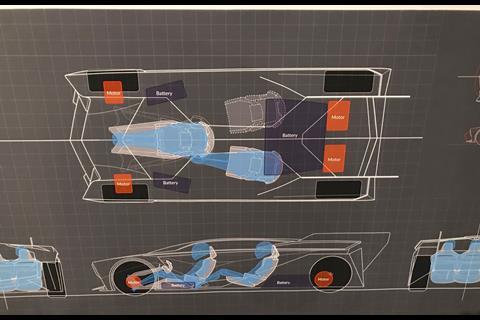
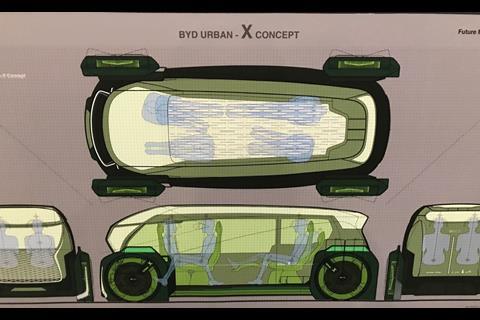


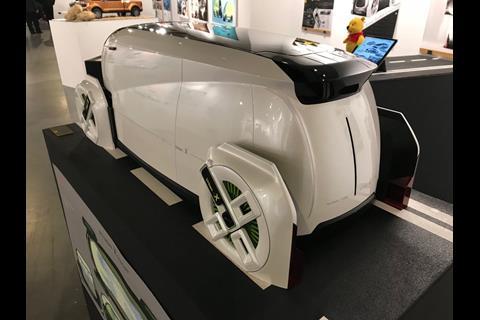
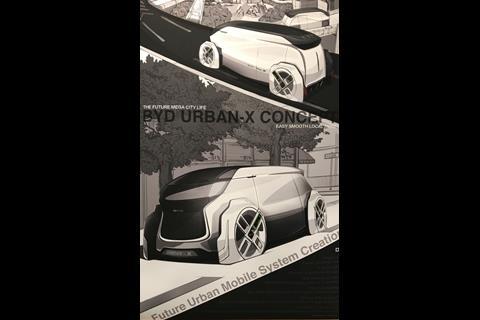

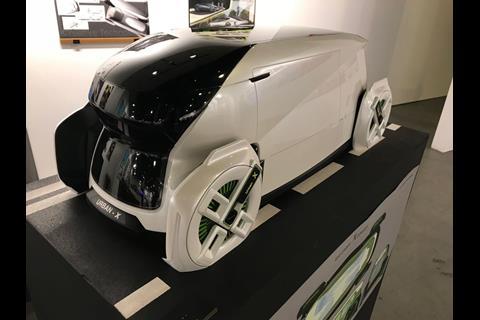
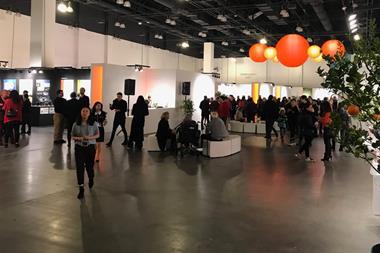
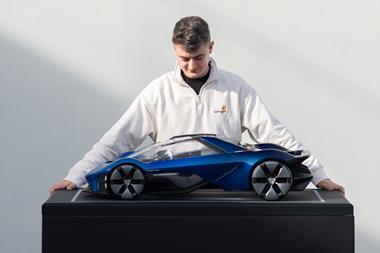


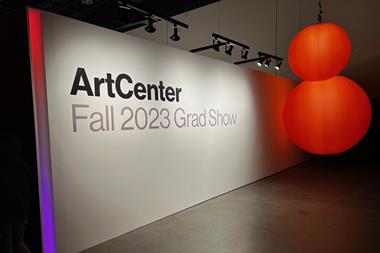
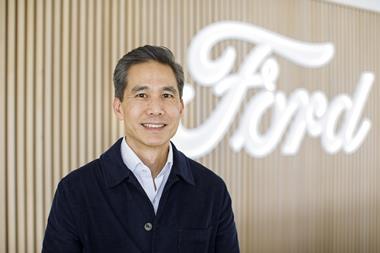



No comments yet